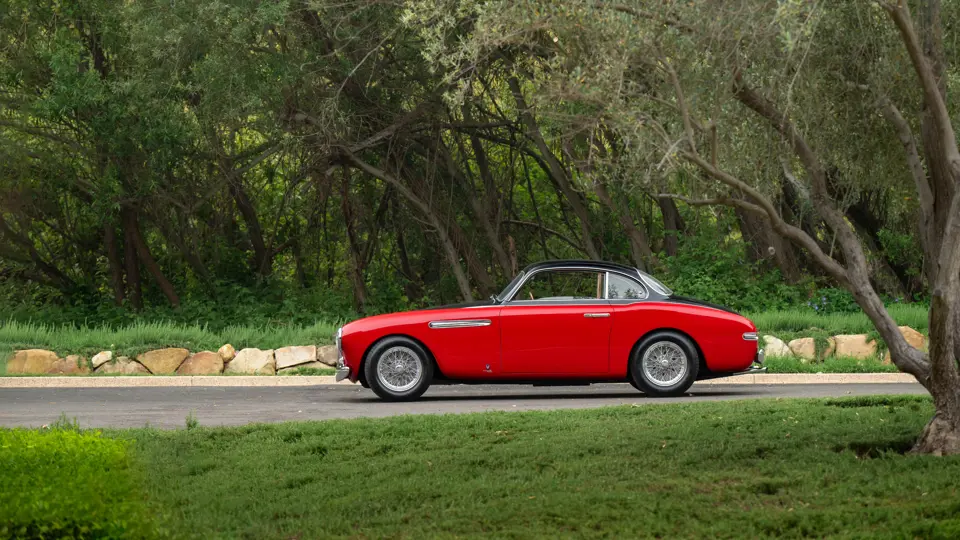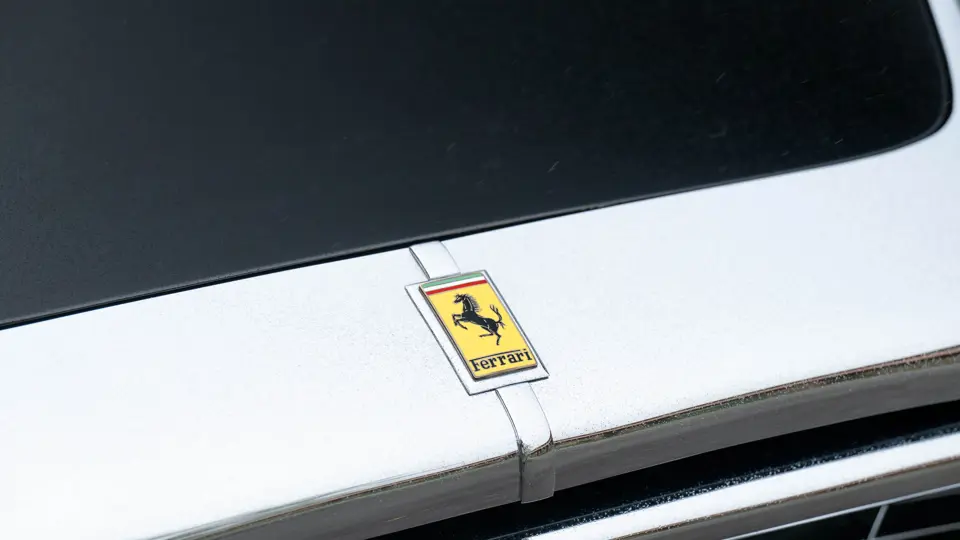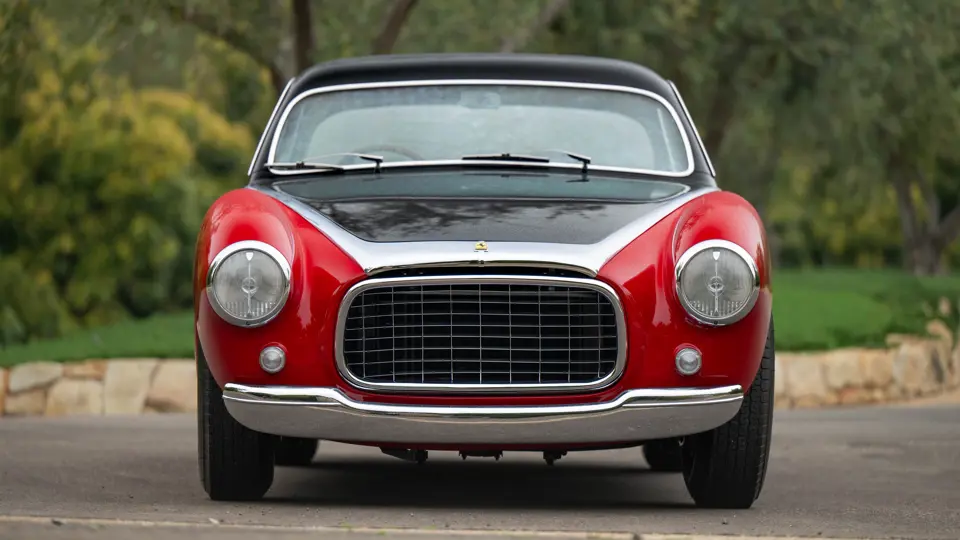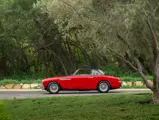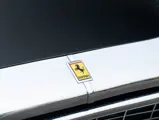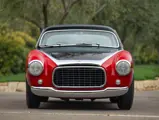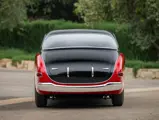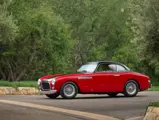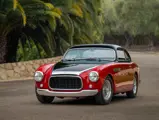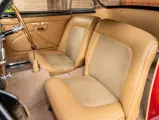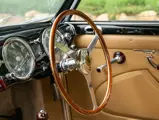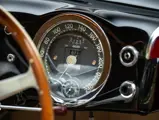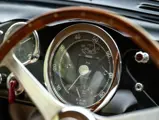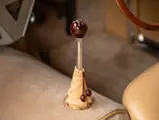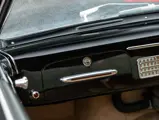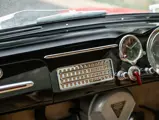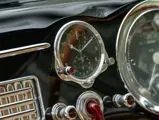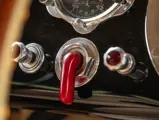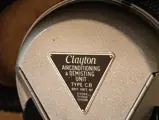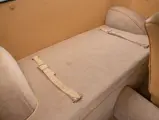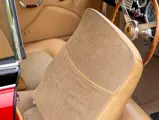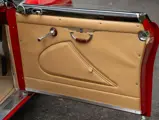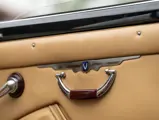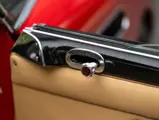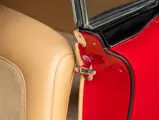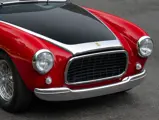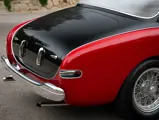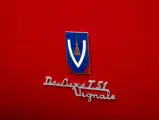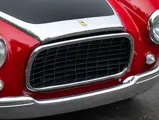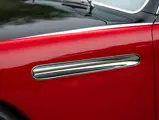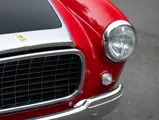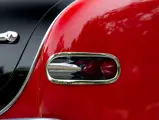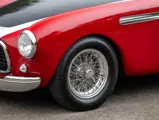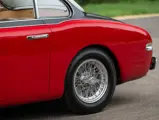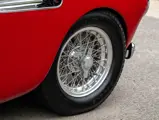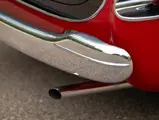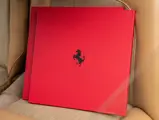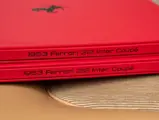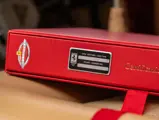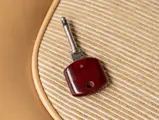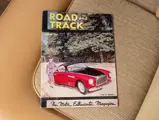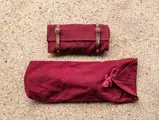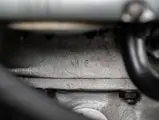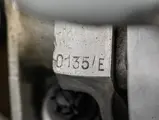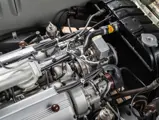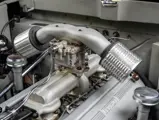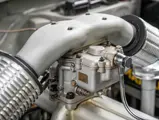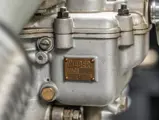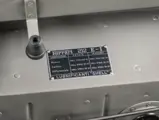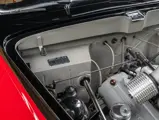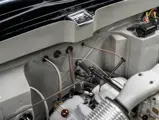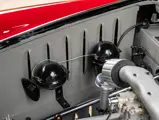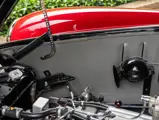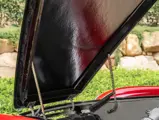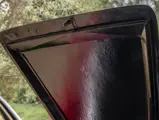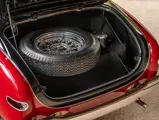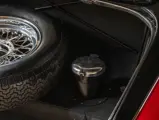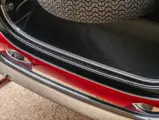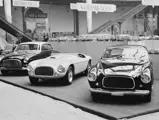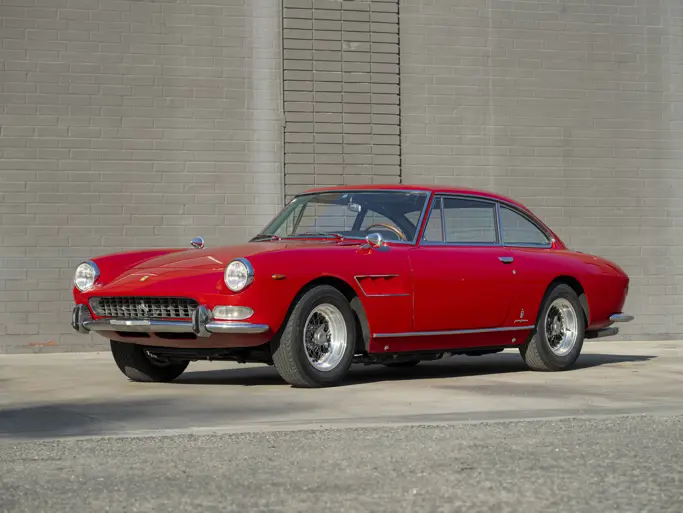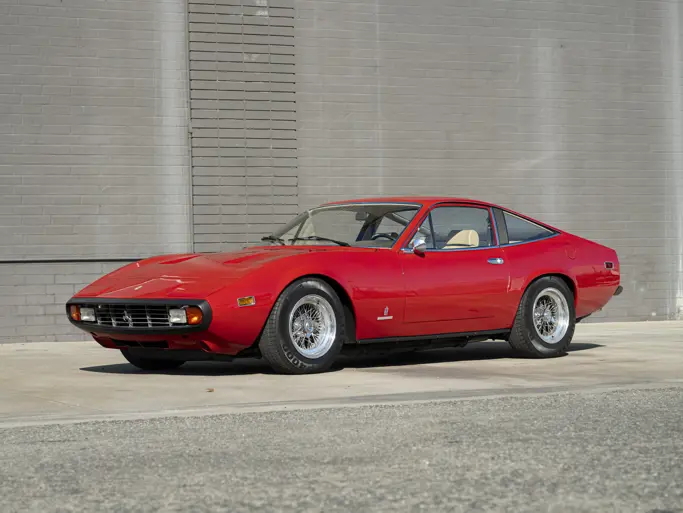
1951 Ferrari 212 Inter Coupe by Vignale
{{lr.item.text}}
Sold
{{bidding.lot.reserveStatusFormatted}}
- The 1951 Paris Motor Show and February 1952 Road & Track cover car
- Originally dealt by Milanese racing driver and Ferrari dealer, Franco Cornacchia
- An exceptionally beautiful design, instantly identifiable with Vignale
- Well-preserved, award-winning restoration to concours standards; Ferrari Classiche Certified
- Retains numbers-matching chassis, engine, and differential, and original body
A Ferrari by Vignale is always a special creation, and this is seldom more true than for the 212 Inter offered here, chassis number 0135/E. The design for the car, with the use of its subtle body curves to delineate two-toning, a glassy and very open roofline with narrow pillars, a shapely rounded tail, and the broad oval grille, is utterly classic and iconic Vignale, instantly recognizable to any student of Italian coachbuilding. Chromed slots in the front fenders and the taillights recessed into the rear fenders were and remain readily identifiable touches of 0135/E, which was finished in an eye-catching color scheme of black and dark red.
Completed by the factory at the end of June in 1951, 0135/E was shown that October at the Paris Motor Show, then sold to Milanese racing driver Franco Cornacchia’s dealership, WI.PU.CO. Cornacchia dealt the car to a fellow Milan resident, Paolo Lampugnani. Soon thereafter, the 212 Inter enjoyed its second prominent turn on the worldwide stage with an appearance as the cover car of the February 1952 issue of Road & Track. While the car was photographed with a fake Italian registration plate, TO 18511-I, the shot had been made while the car was in Paris.
At some point in the 1950s the car was exported to a sports car-hungry California, and eventually was offered for sale by BMC Motors of Belmont. As Don Wassermann of San Francisco wrote in issue 38 of the Ferrari Club of America’s Prancing Horse in 1974, he saw the car on the lot in 1962, and that “since imported [it] has been locally owned. Took it for a test drive and got a ticket for speeding. Decided not to buy it maybe because of speeding ticket…” It was instead purchased by another gentleman, his identity now forgotten, who drove it with his girlfriend to Kansas. When it broke down there, he attempted to tow it home to California, but it broke loose from the tow vehicle and nosed into a ditch, fortunately only damaging the tips of the front fenders. Nonetheless the car eventually got home to the Golden State and was put into storage.
Wassermann finally bought the car out of storage in 1967, and began meticulously restoring it, optimistically saying in his article that he hoped “to have body and chassis reunited…upholstery and wiring [completed]…by the Pebble Beach Concours d’Elegance in September 1974.” Unfortunately, that proved a touch optimistic; the restoration extended for nearly 30 years, as life intervened.
A well-known specialist in vintage Ferraris acquired 0135/E in the late 1990s, and in 1999 sold the car to the noted tifoso Charles A. “Skeets” Dunn. Following completion of the restoration by John Amette, Mr. Dunn exhibited the car on the West Coast, prominently winning an award in its class at the Pebble Beach Concours d’Elegance in 2003, and the following year returning it to Monterey to receive its Platinum Award at the Ferrari Club of America International Meeting and Concours. Among other achievements, it went on to achieve top honors in the Great Ferrari class at The Quail in 2009.
In 2014 this special 212 Inter was acquired for the present owner’s distinguished collection, in which it has now remained for nearly a decade, its restoration well-maintained and still in outstanding condition. Ferrari Classiche noted that the car retains its original chassis, engine, and differential, though the gearbox is a replacement unit.
The car retains its wonderful original details, captured in its Dunn restoration, including the large Carello 424 headlights and Scintilla marker lights; the dashboard arranged around a large Jaeger Chronoflite; and the steering wheel with its Vignale filigreed spokes and early-style “prancing horse” on the horn button, mounted on a chromed column—a bit of flash for the Paris showgoers, all of which were carefully researched and recreated. Restoration photographs and a brief discussion of authenticity points accompany the car, as does, of course, the Red Book from its Ferrari Classiche Certification and copies of the factory build sheets.
A superb example of the Ferrari by Vignale, this 212 Inter boasts wonderful show and magazine feature history, as well as a fine restoration, rich provenance, and Classiche Certification to recommend it to a new caretaker.




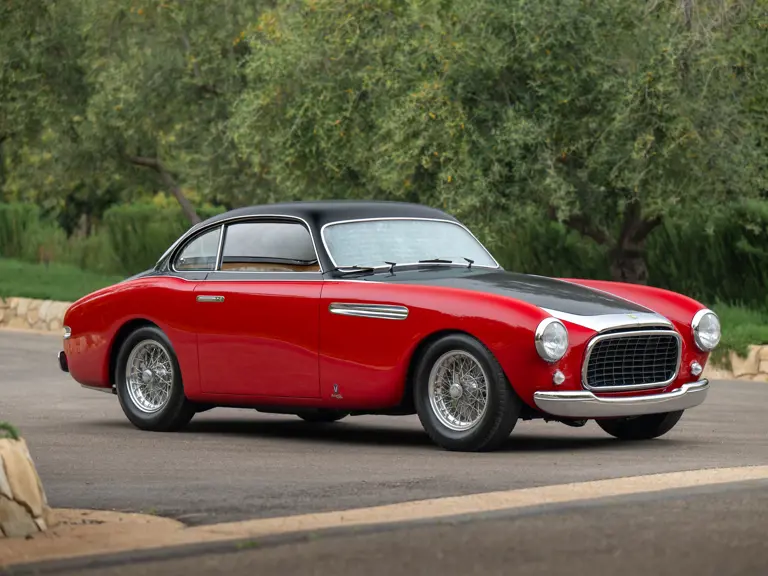
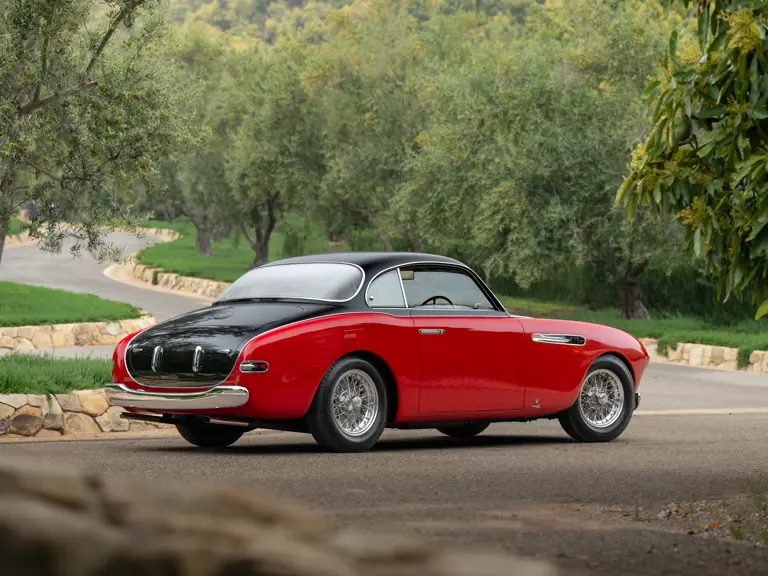
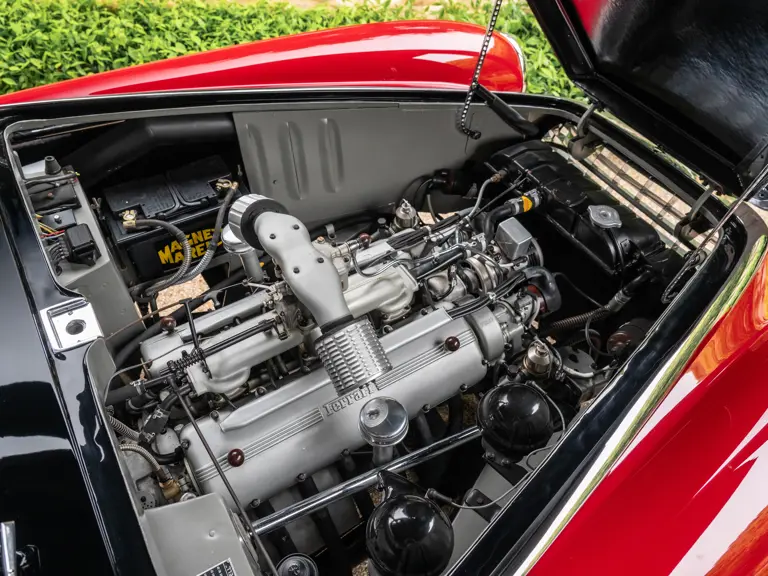
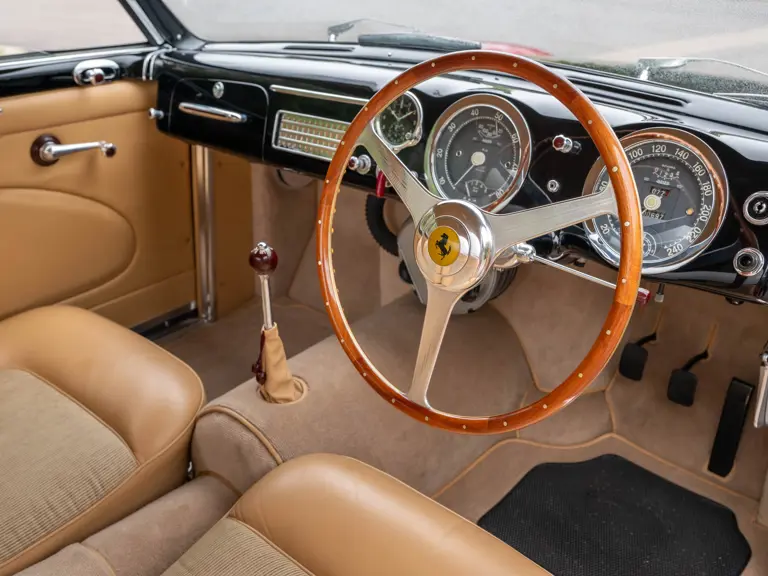
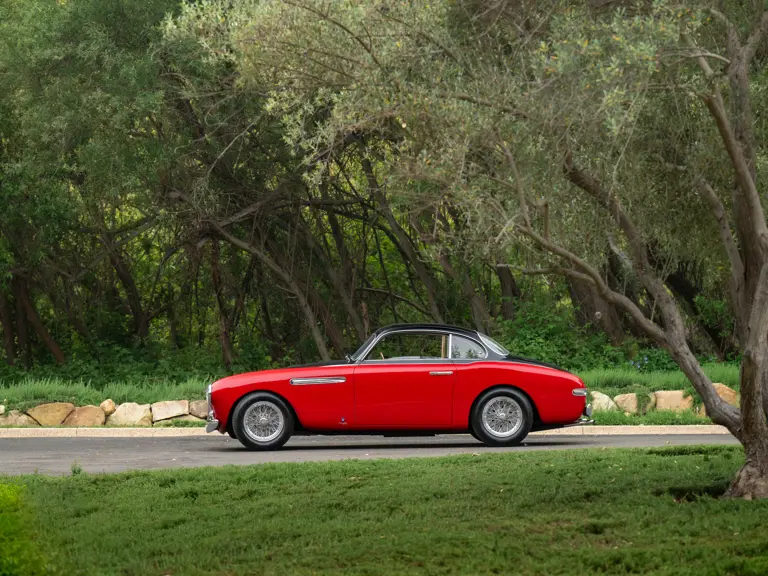


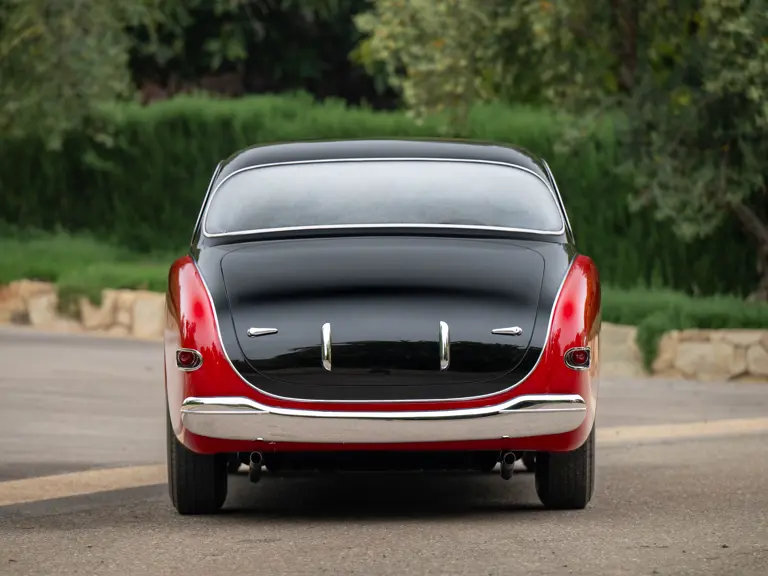
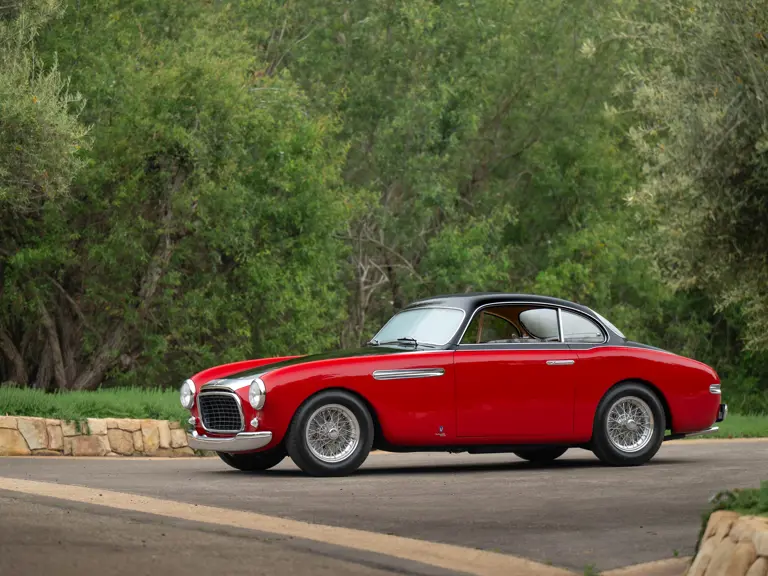

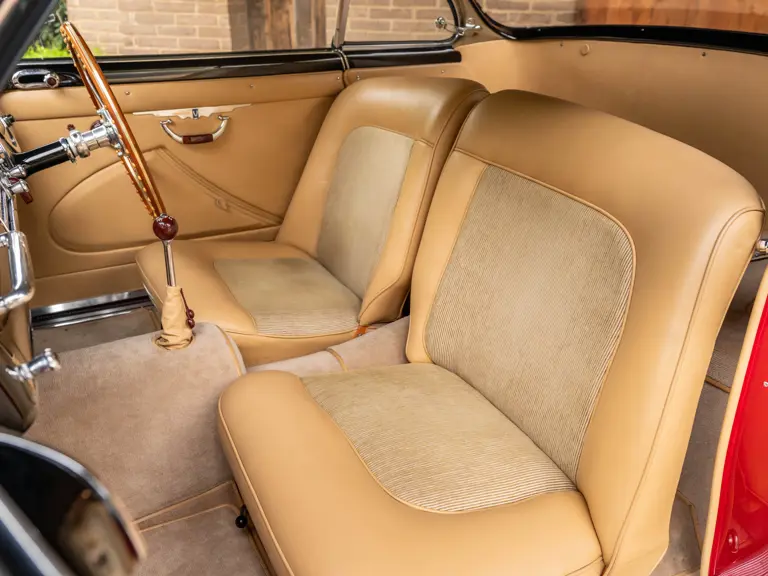
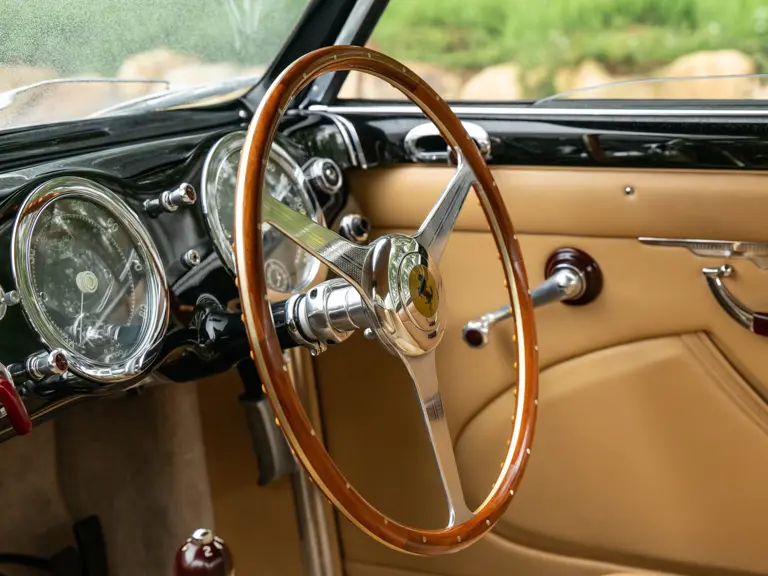

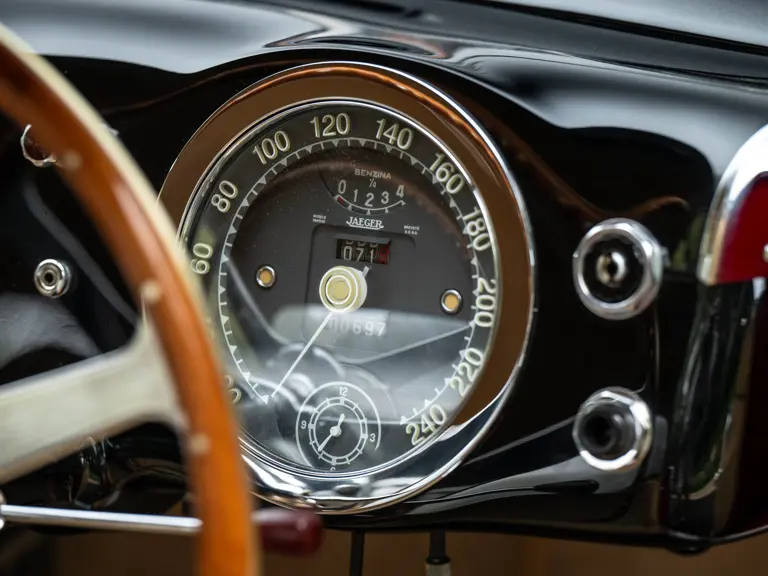
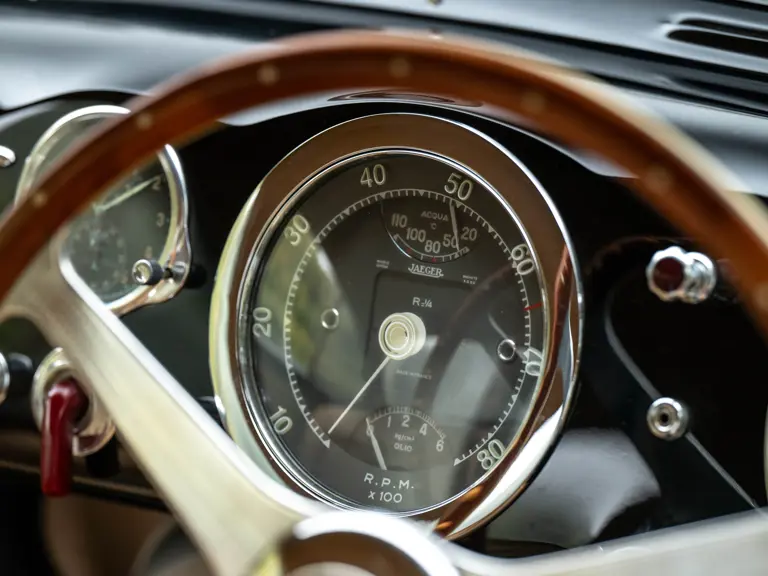

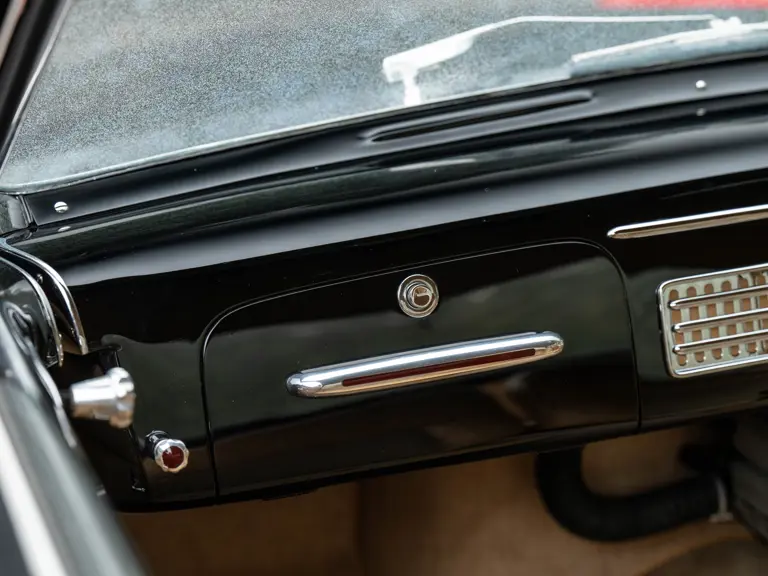
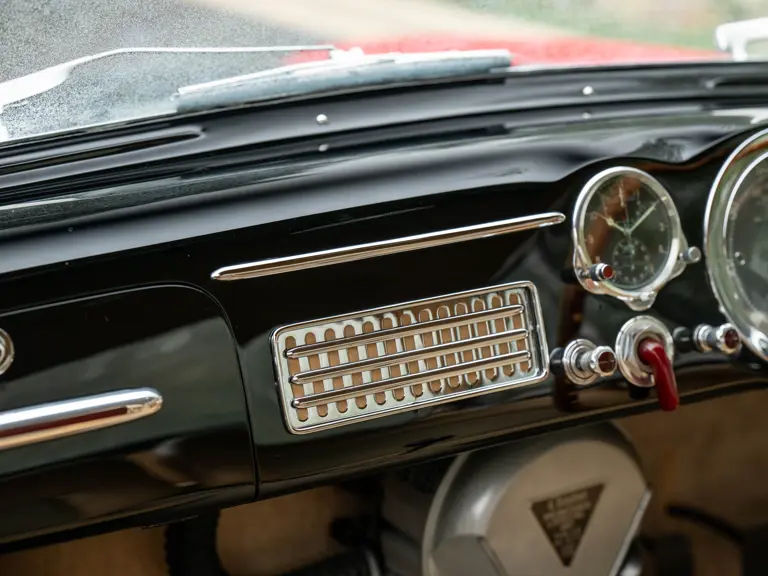
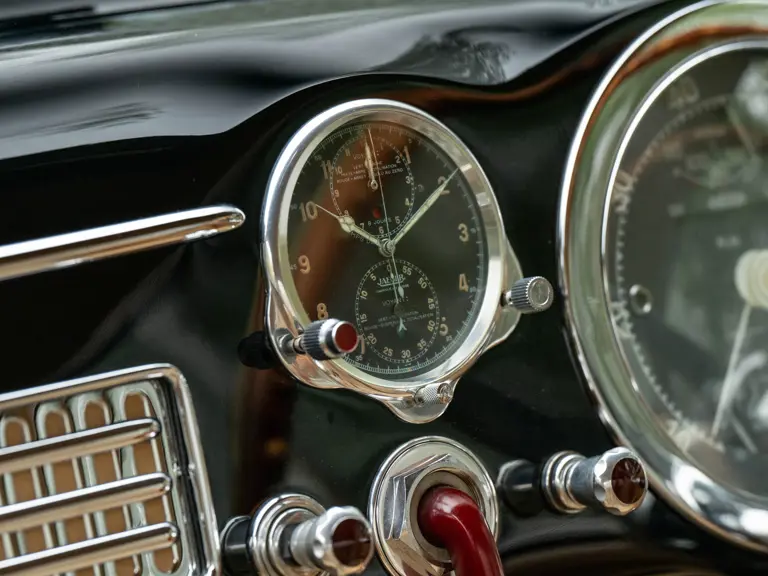
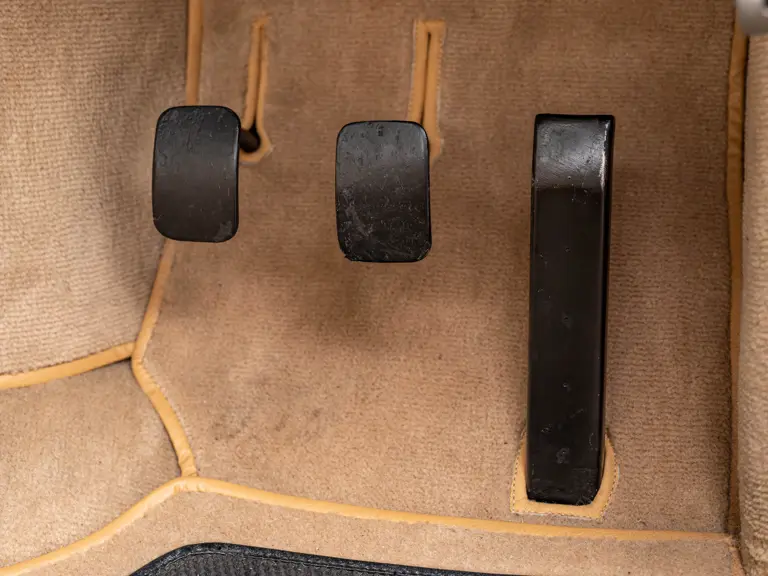
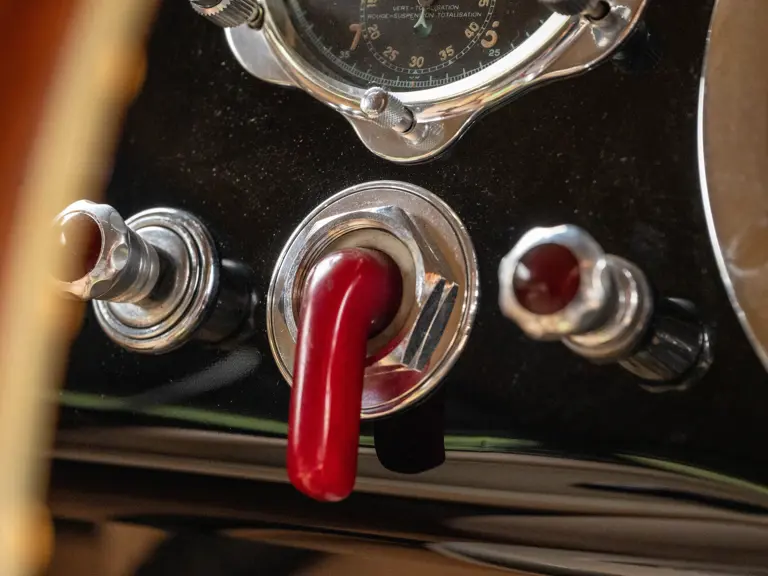
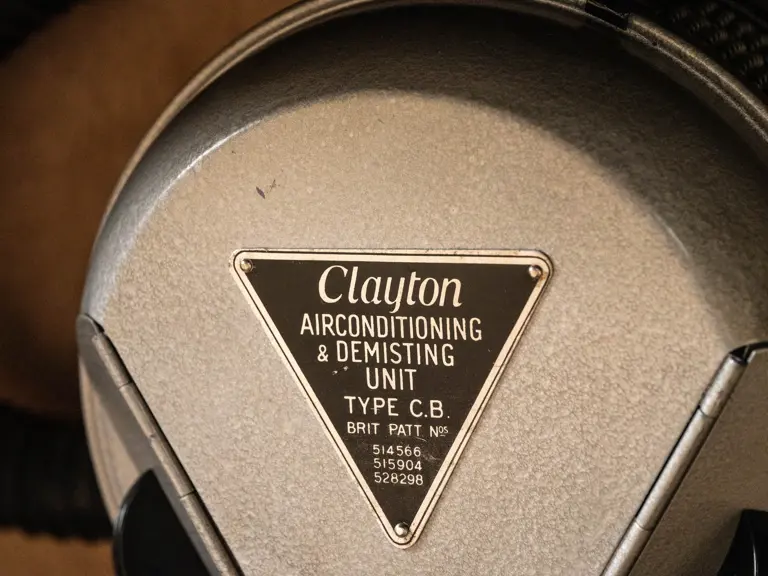
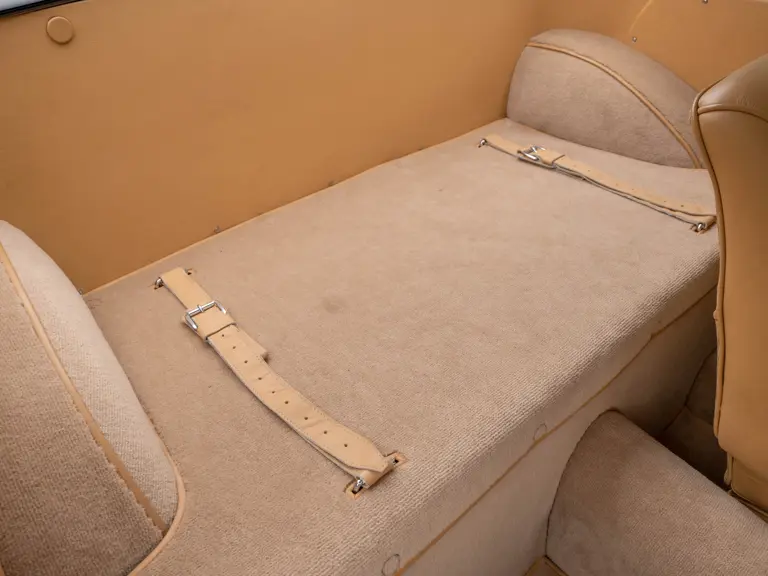
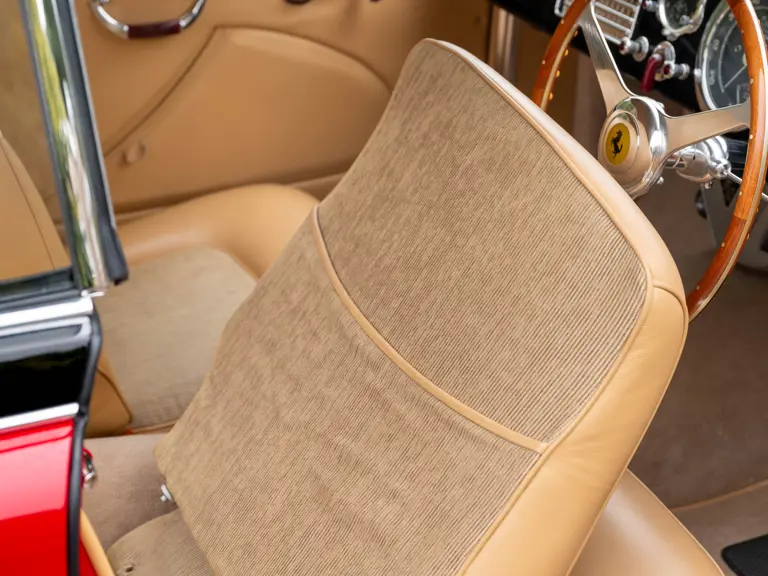
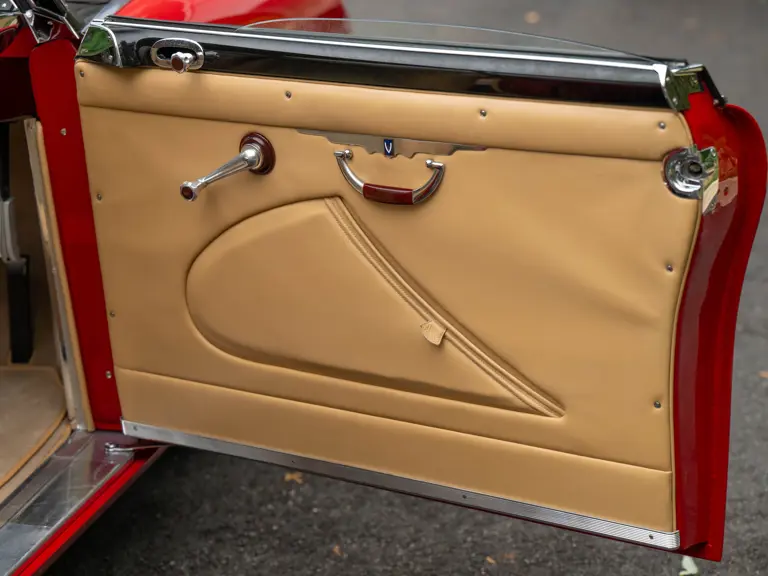
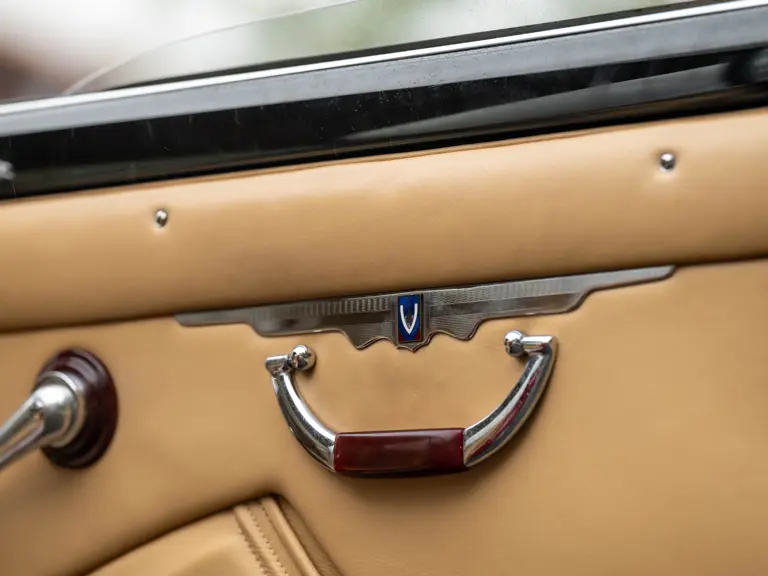
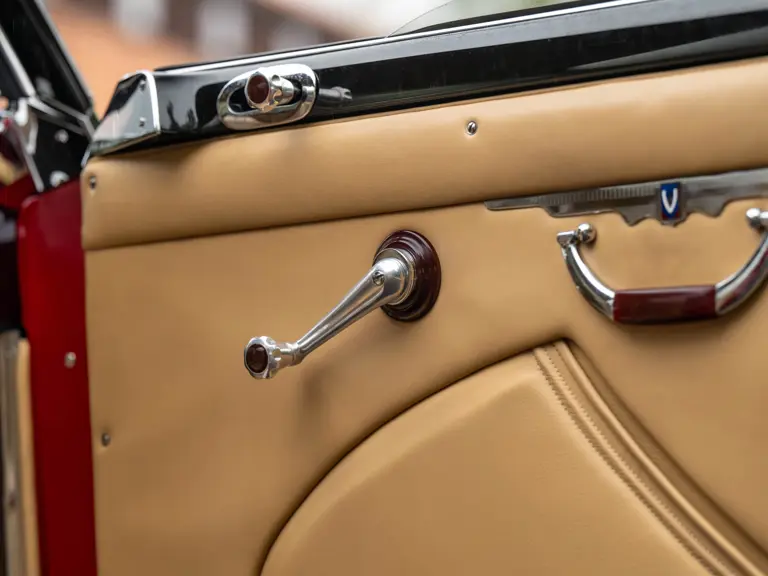

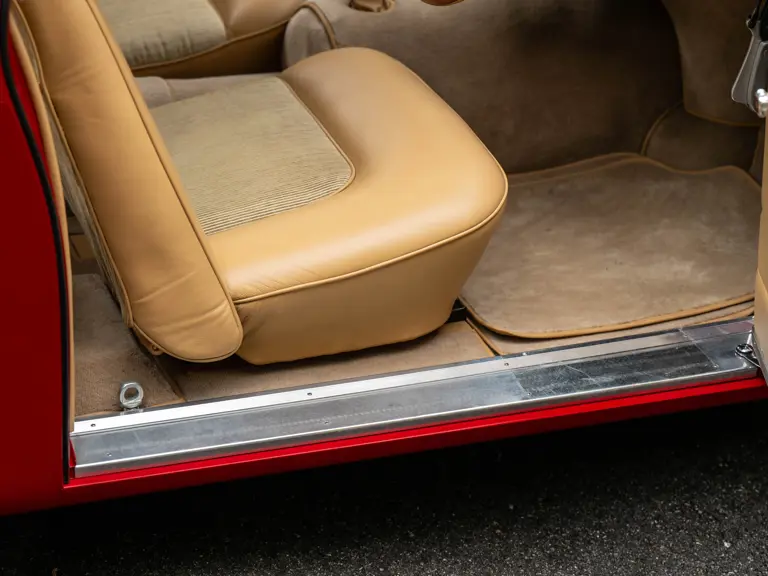


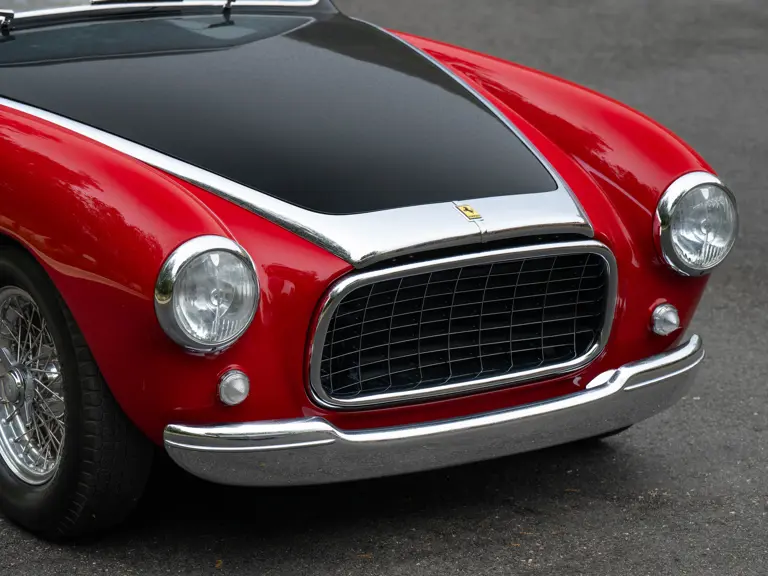
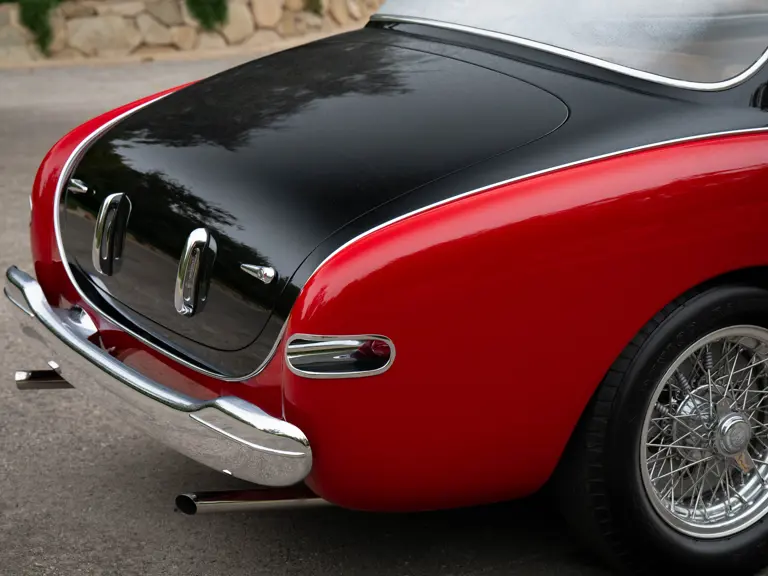
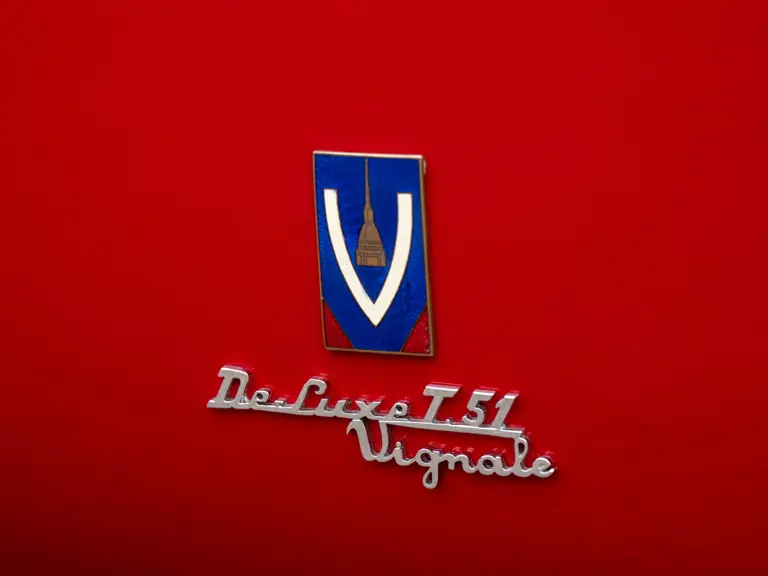


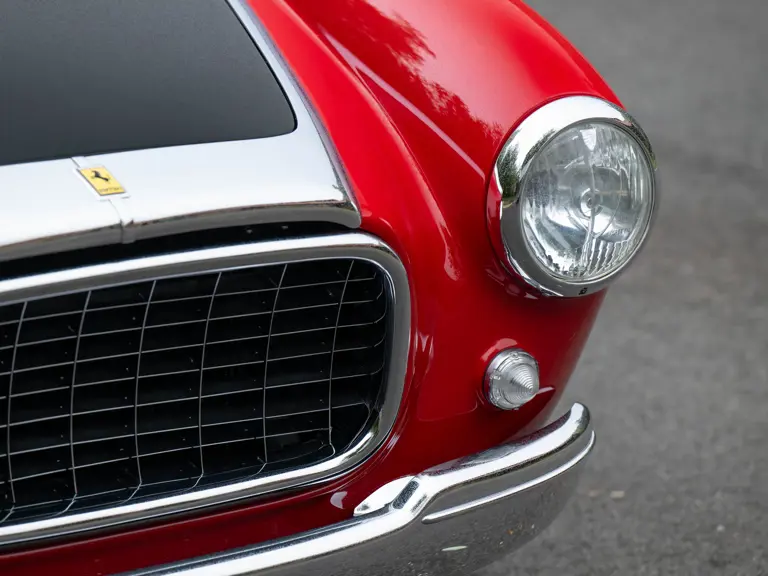

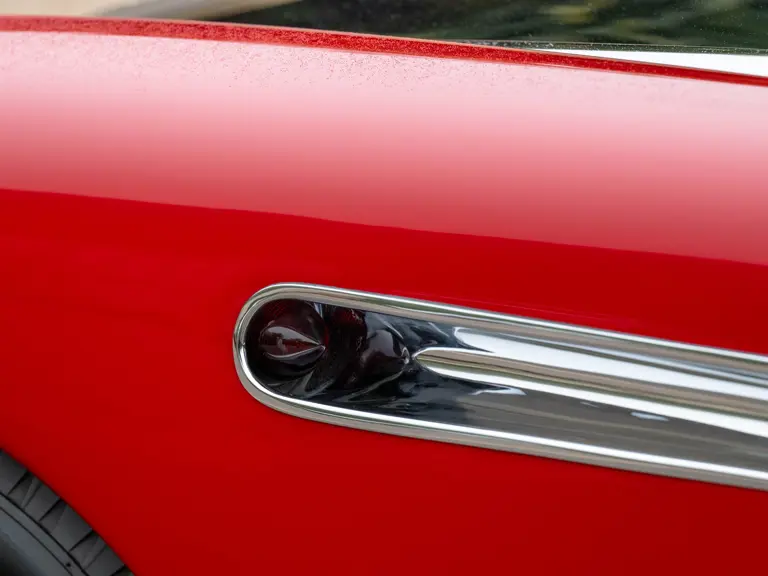
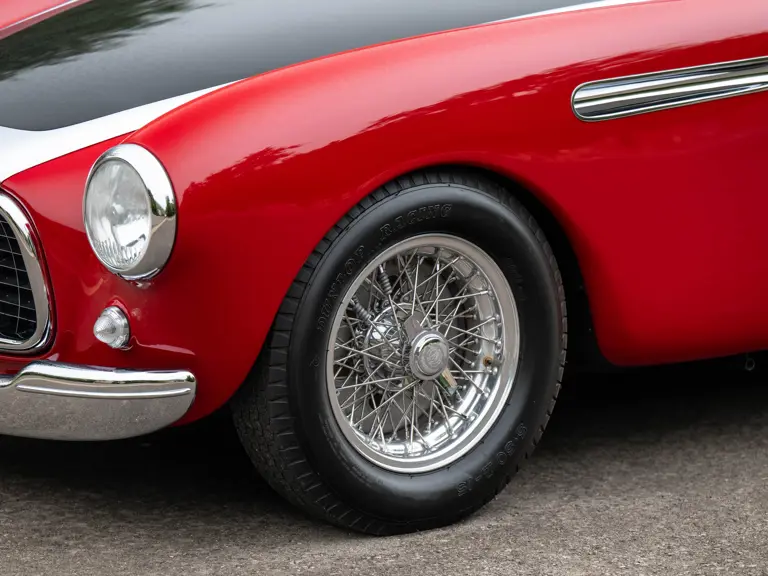

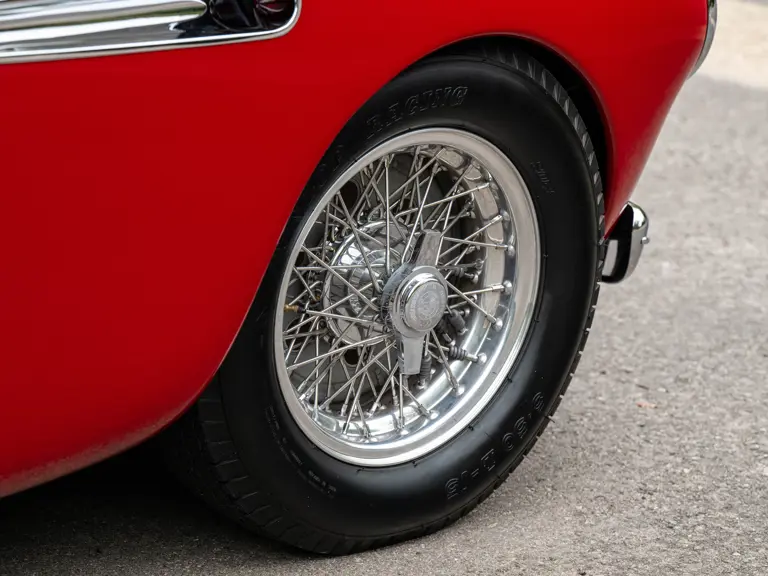
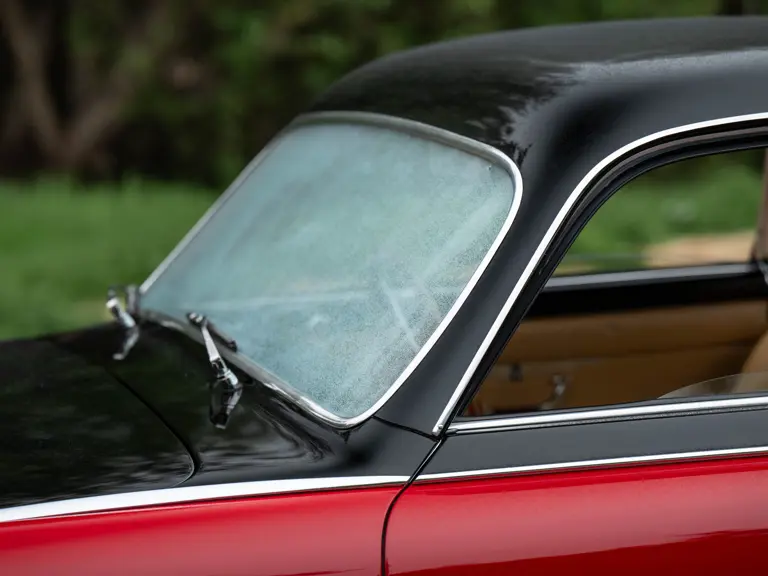

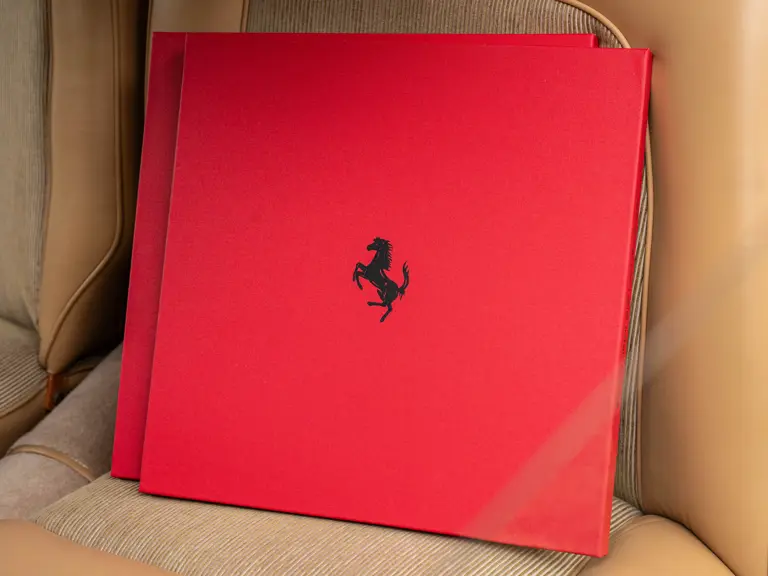
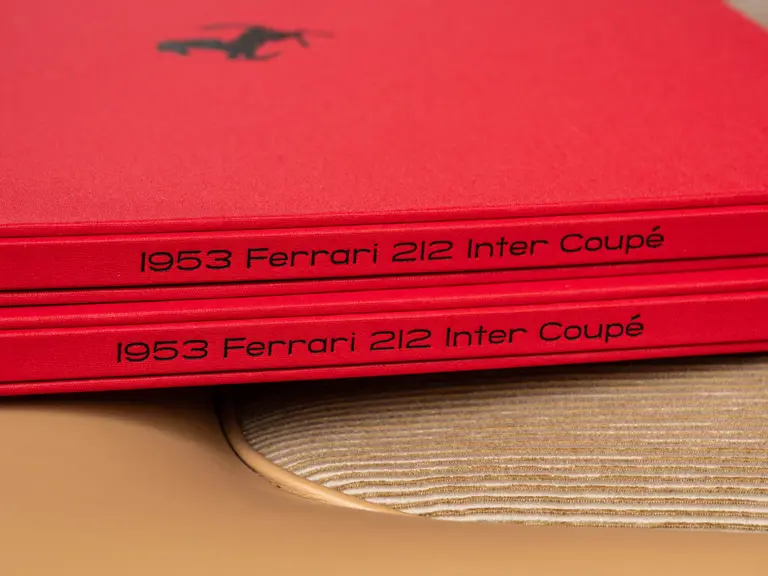
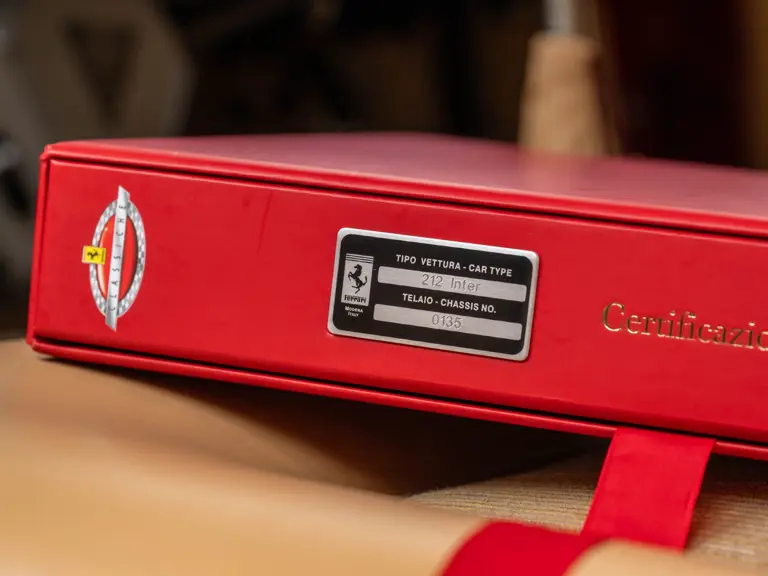
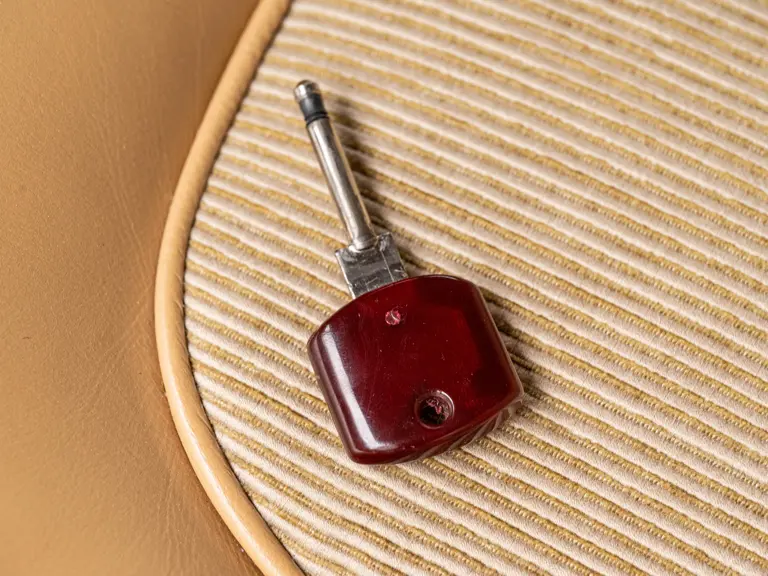

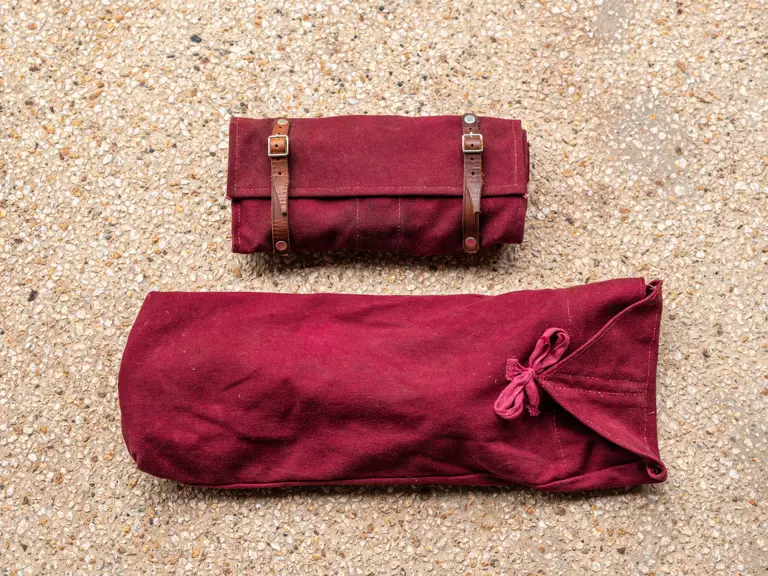

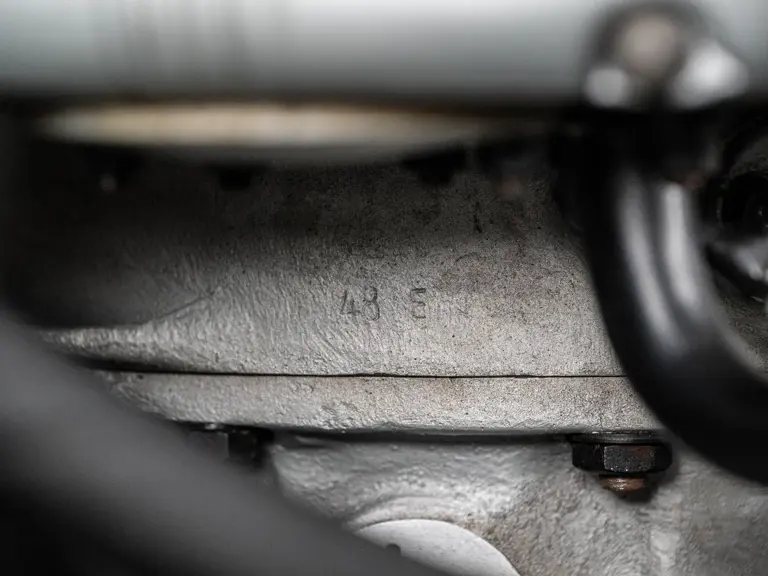
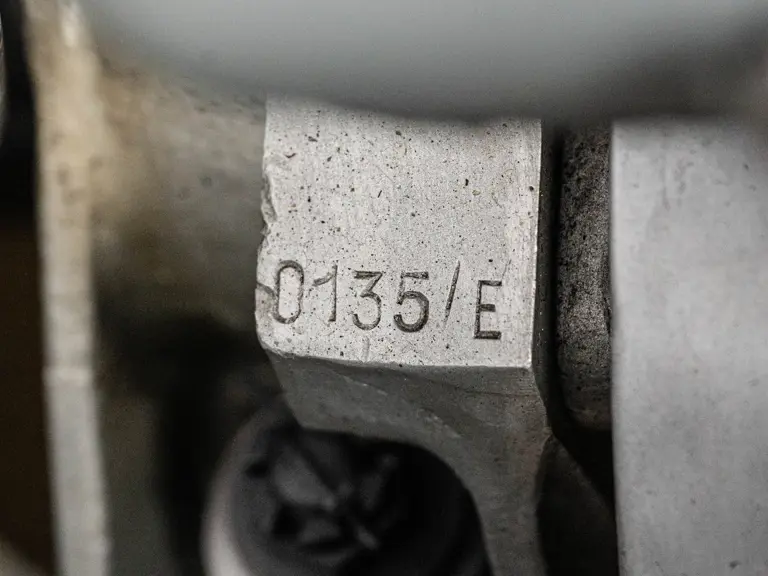
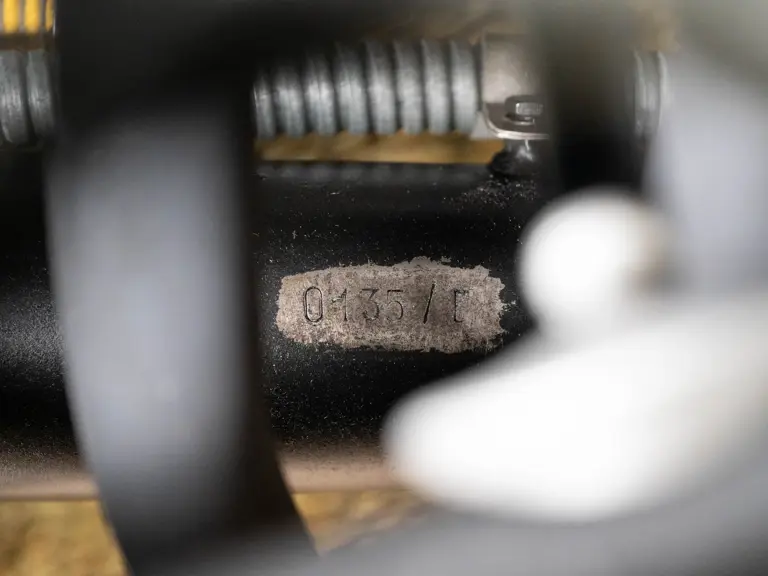
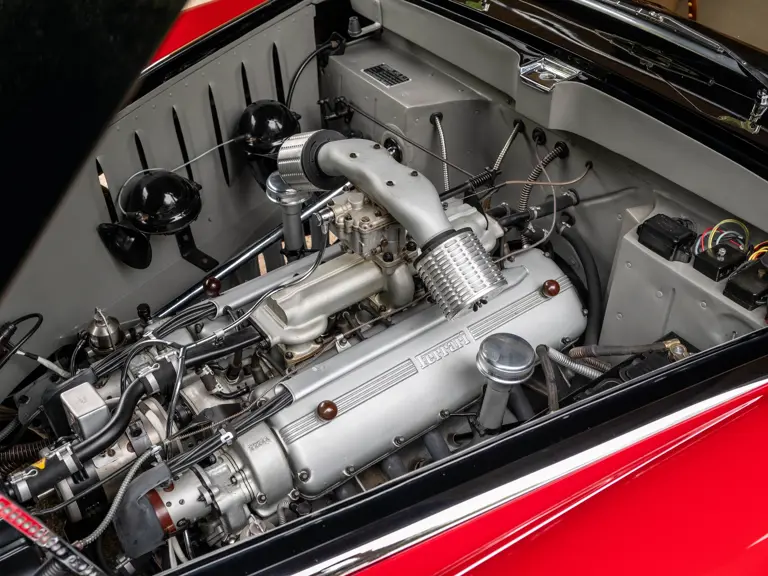
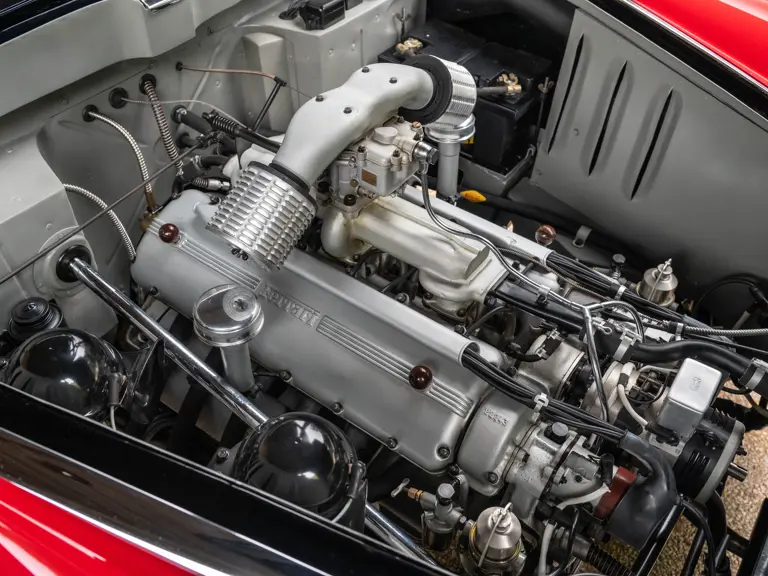
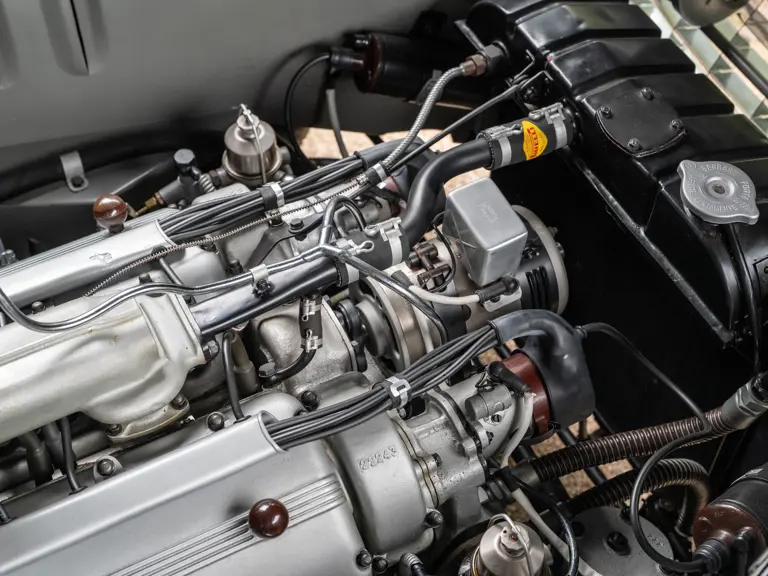
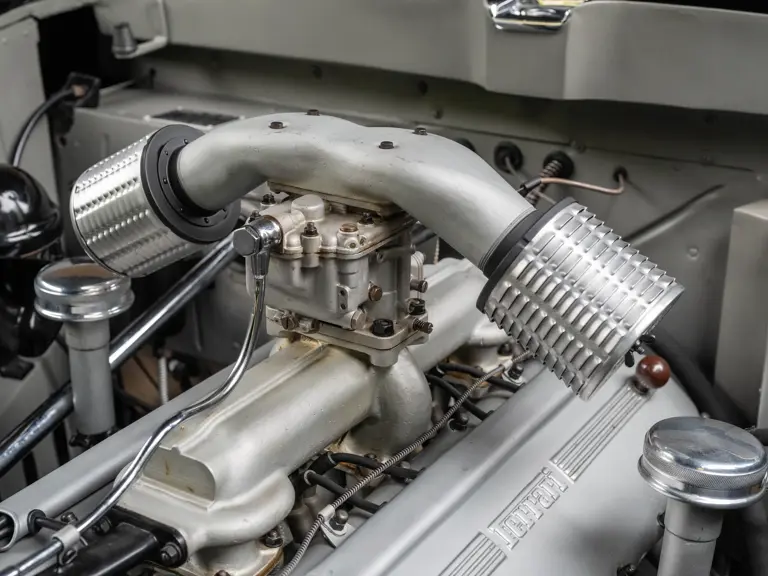


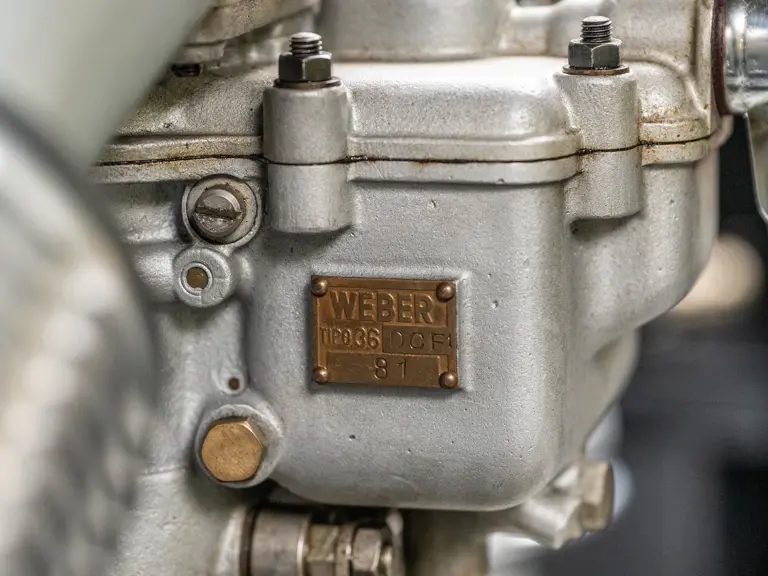
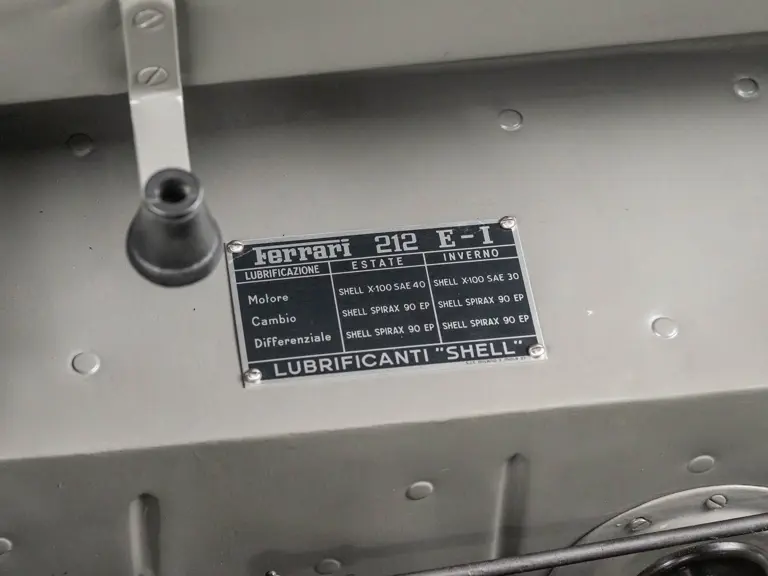
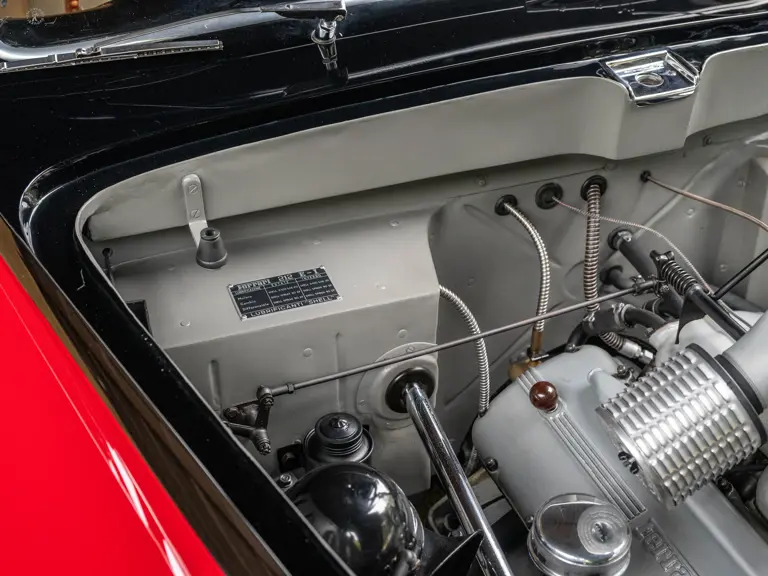
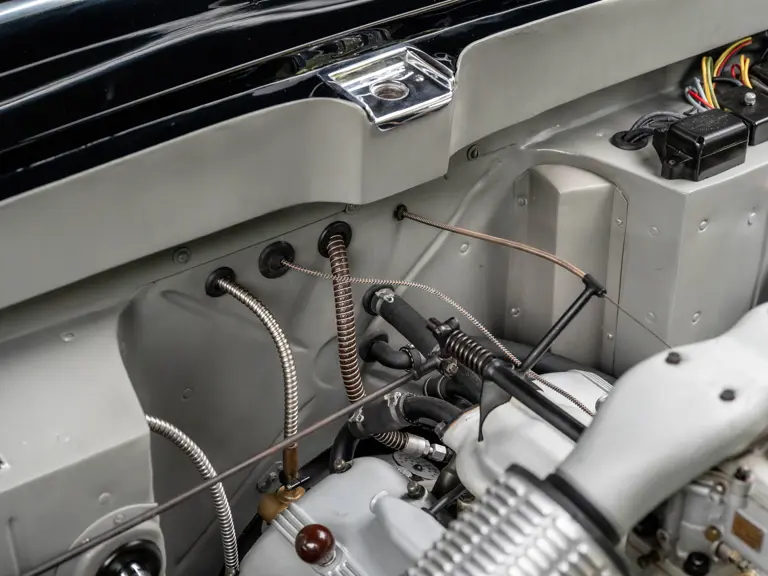
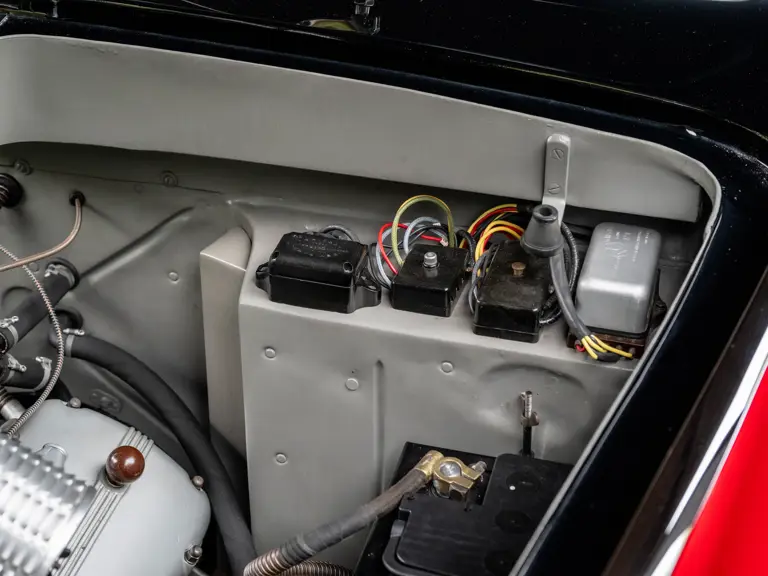
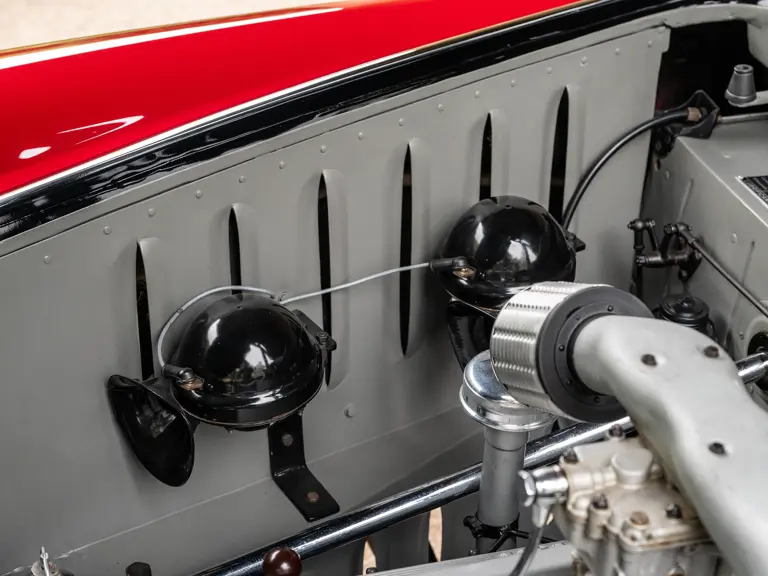
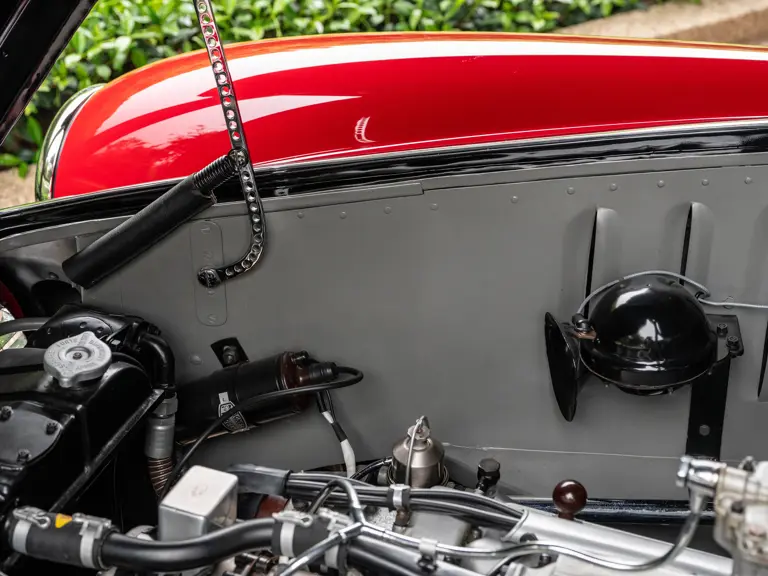
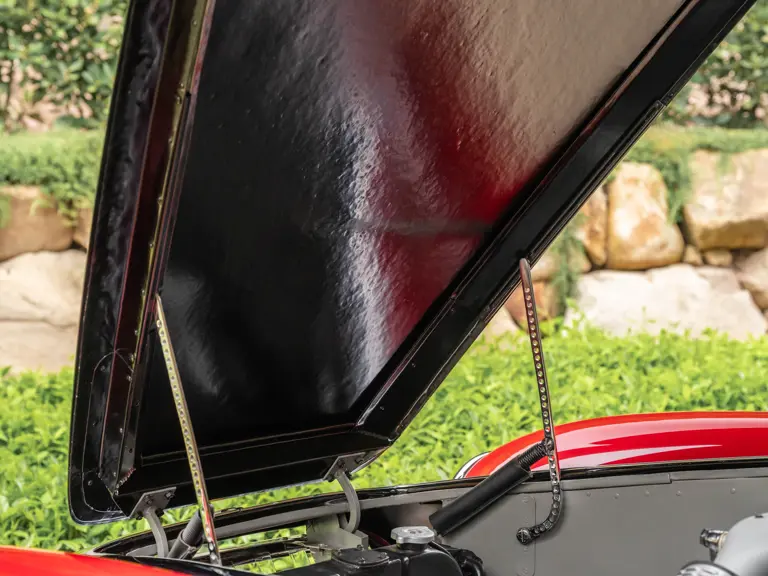
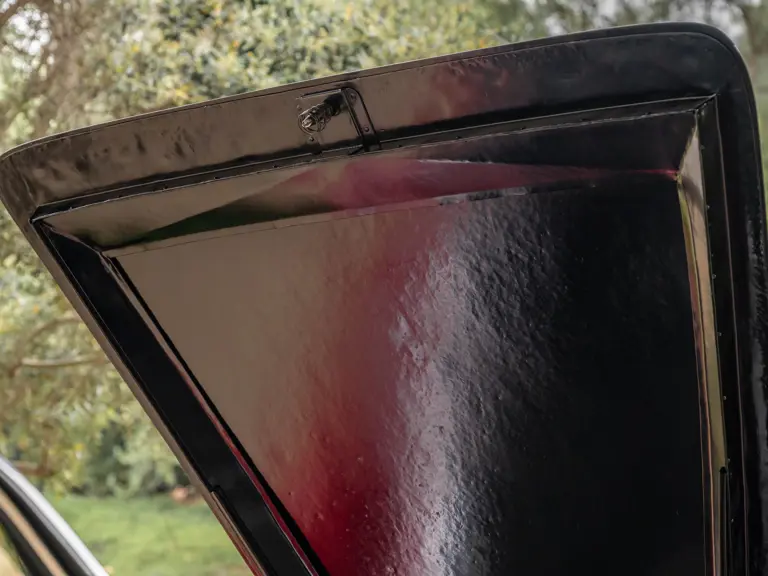
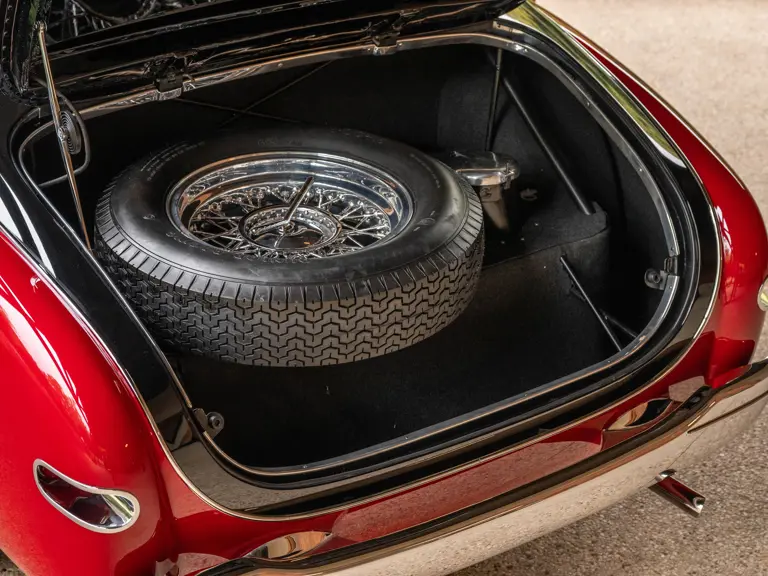
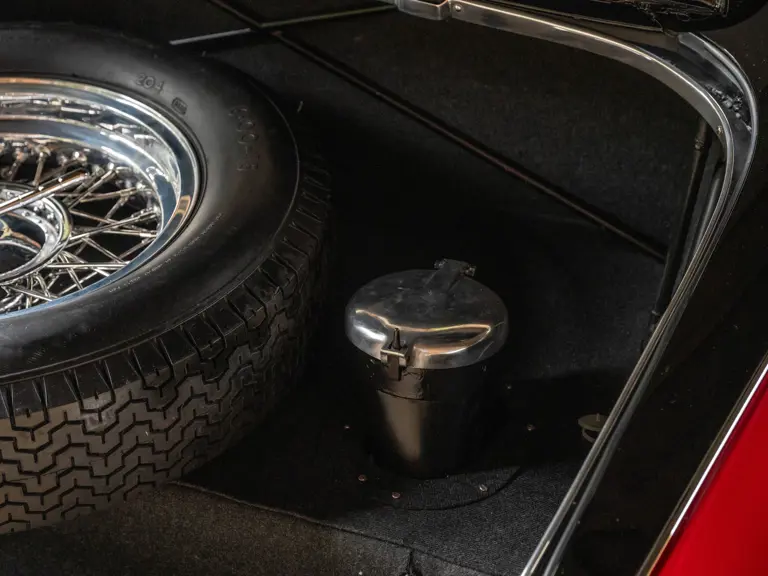

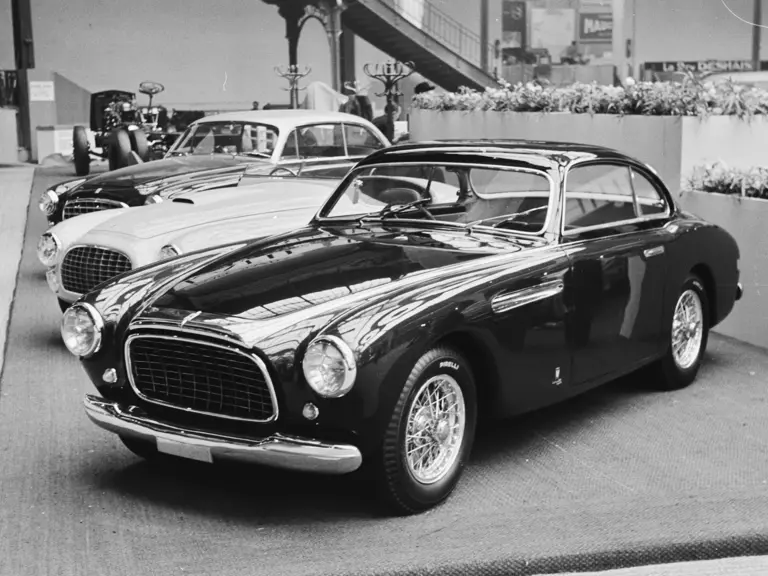

 | Monterey, California
| Monterey, California
